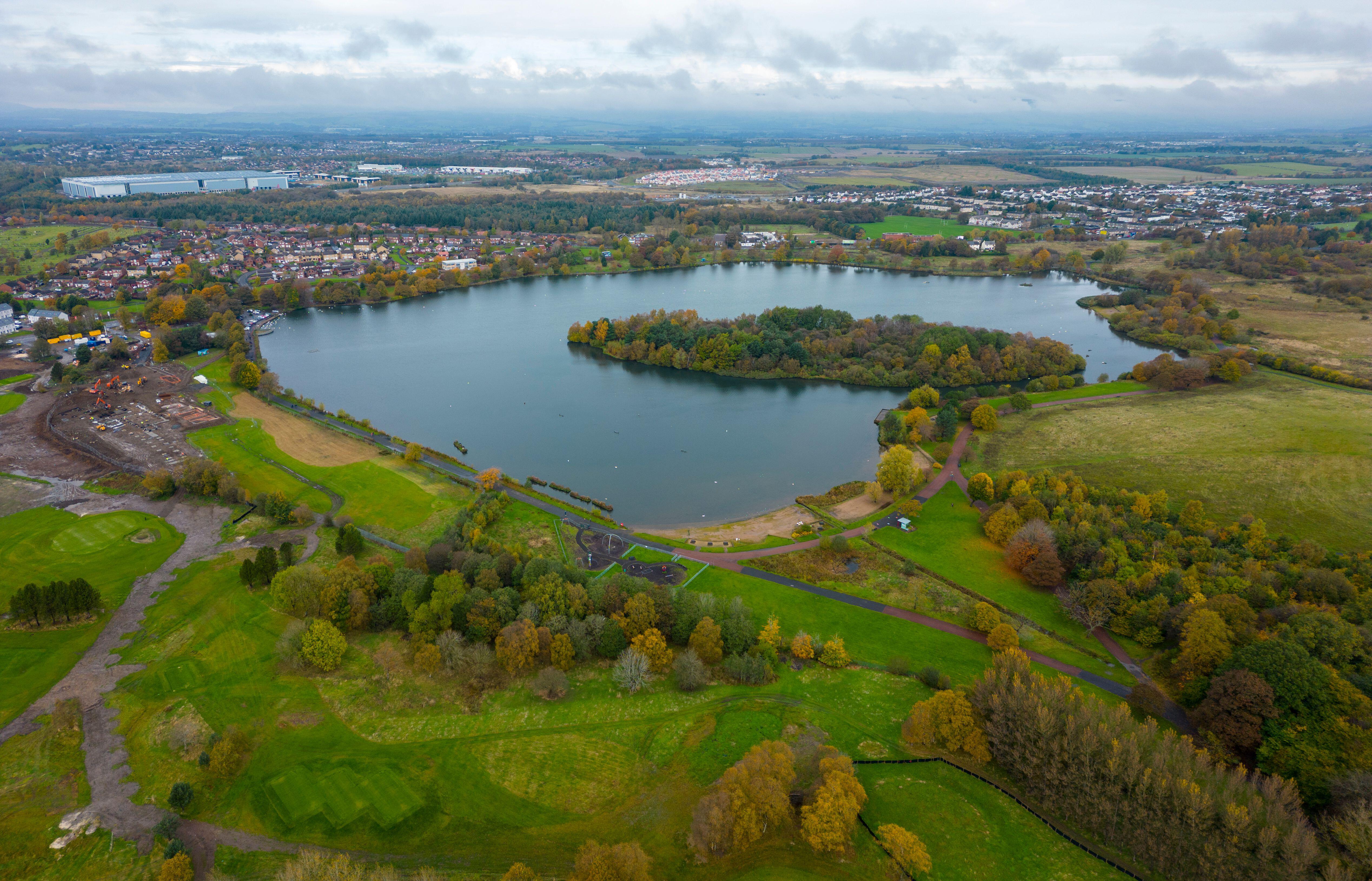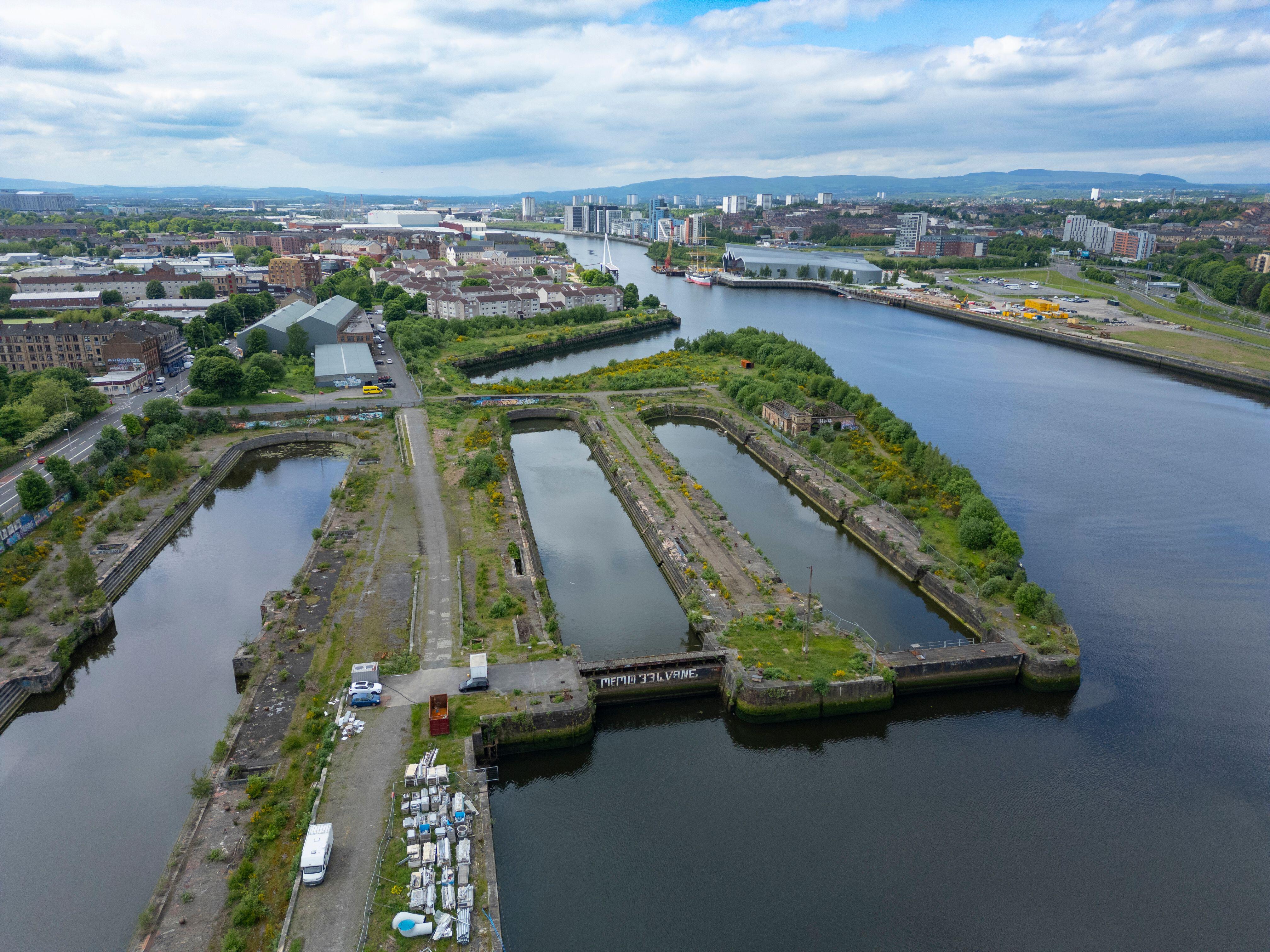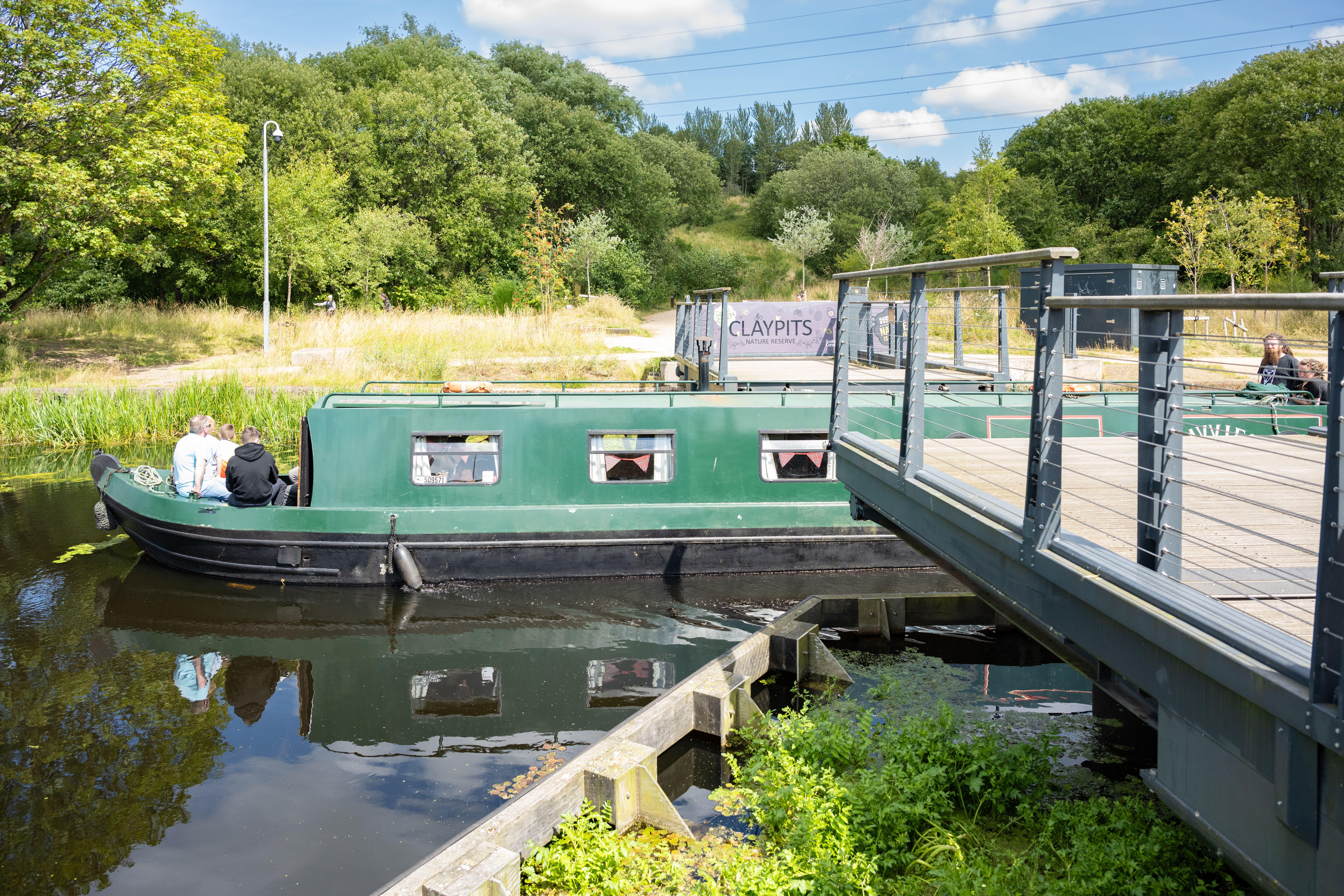Dear Green Places: How expanding Glasgow's Local Nature Reserves can help climate and communities
The heavy industry that made Glasgow’s fortune and paid for its ornate buildings also shaped and scarred the landscape.
Across Scotland’s largest city lie disused docks, warehouse sites, gas works and more – places that often-generated environmental damage along with wealth and power.
Vacant and derelict land, some of it contaminated, covers around 850 hectares, and, despite the city’s nickname of the ‘dear green place’, more than half of all Glaswegians (53 per cent) live within 500m of such sites – something research has found is associated with poorer mental health. Unsurprisingly, most of these are in the poorer parts – we don’t talk about wealthier communities as being “leafy” for nothing.
But things are changing. Glasgow City Council has not only decided to extend the Local Nature Reserve (LNR) network, which will dedicate a total of 82ha to flora and fauna, but also to plant millions of more trees across the area by 2030. As many as 24,000 were planted in the last year and Councillor Angus Millar, city convener for climate, believes the moves will create a powerful new legacy for urban communities. “It’s really key to the narrative that we are trying to invest in the quality of our spaces and the quality of our city,” he tells Holyrood.
“All of the evidence suggests that having access to well-managed, well-maintained wild spaces like nature reserves is incredibly beneficial for people’s health and wellbeing, and by creating more across Glasgow we are giving people the opportunity to benefit from that.”
Living in real poverty, you don’t get on the bus and go to the woods, so having that on your doorstep is great

Hogganfield Park | Alamy
Lee Knifton, director of the Mental Health Foundation Scotland and co-director of the Centre for Health Policy Management Science at the University of Strathclyde, says there is the potential to affect change. “Most of the poor health and early deaths in Glasgow are really deaths of despair, deaths of violence and addiction and mental health, and they are concentrated in areas right up the Clyde; areas that were heavily industrialised and were then left and neglected by successive governments,” he says.
“There’s a huge tradition in using gardens and green space for therapy and recovery. But for a lot of people, engaging with nature can be a very abstract concept. Living in real poverty, you don’t get on the bus and go to the woods, so having that on your doorstep is great.
“The question really would be ‘is it going to address those deep-seated issues?’ If you are being honest, probably not. But does regenerating the physical space where they live show that people matter? It’s a great signal that people matter, communities matter.”
Glasgow has had LNRs since 1995, when the designation was given to 25ha of land at Bishop Loch, an expanse of woodland, grassland and marshland at the edge of Easterhouse, six miles from the city centre. Across Scotland there are around 100 LNRs, all of which have been deemed locally important areas of natural heritage. Managed by local authorities, if not always owned by them, they are overseen by countryside ranger services and include sites at Corstorphine Hill in Edinburgh, Arnhall Moss in Aberdeenshire and Stirling’s Balquhidderock Wood.
Home to rare and threatened habitats or species, they are intended as spaces for people to learn and exercise as much as to encourage plants and animals to thrive. Glasgow’s LNRs span from Robroyston Park in the north to the Cathkin Braes in the south east and vary from larger, more complex landscapes to smaller pockets of space. While five in the north – Bishop Loch, Cardowan Moss, Commonhead Moss, Todd’s Well and Hogganfield Park – lie within the Seven Lochs Wetland Park, Festival Park in the south is the largest surviving green space from the 1988 Glasgow Garden Festival. While much development has taken place in the Govan surrounds since the late 80s, the area is pockmarked by vacant and derelict sites such as disused Princes Dock.
Glasgow has real challenges with vacant and derelict land

Former graving docks at Govan | Alamy
Technically, vacant land is ground which is not being used for its designated purpose, but which is suitable for redevelopment, while derelict spaces are damaged by prior usage and in need of remediation before reuse. Rapid economic changes in the 1980s saw a spike in deindustrialisation, affecting sites like that of the massive Ravenscraig steelworks in Motherwell, North Lanarkshire.
The region, where 70 per cent of residents stay within 500m of derelict space, is now one of the five council areas comprising more than half of all of Scotland’s derelict and vacant urban land, the others being North Ayrshire, Glasgow, East Ayrshire and Dumfries and Galloway. Together, they are home to more than 3,100 such plots and, nationally, this ground adds up to around 9,100ha.
The figures are tracked by the Scottish Government’s Vacant and Derelict Land Survey, which has covered the reclamation of former airfields and the naturalisation of ex-coal mining sites and shows one fifth of all urban vacant land is in Glasgow.
Whichever region they lie in, the Scottish Land Commission says they “impact on physical and mental health, environmental quality, pride in place and of course are a significant lost economic opportunity”.
“Glasgow has real challenges with vacant and derelict land, and has done for decades,” putting pressure on the city, says SNP councillor Millar. “It is increasingly less so, but there are still parts you can go and follow the pathways where there’s obviously been at some point either heavy industry or old housing that was torn down. It can really damage the whole urban fabric and people’s sense of community. It’s no coincidence that a lot of the focus we have in terms of the LNRs we are enhancing, expanding or designating now are often on vacant and derelict land themselves.”
These spaces will also protect and connect greenspace in the city

A buzzard over Robroyston Park | Alamy
These include another 4.5ha at Festival Park, close to the BBC’s Scottish headquarters at Pacific Quay, and almost 10ha at Todd’s Well opposite the Glasgow Fort shopping centre at Easterhouse, where resident species include the goldcrest and bullfinch as well as roe deer in a space within a short distance of 10 designated vacant and derelict sites. At Dawsholm Park, near the former Temple Gasworks and where the LNR is increased by 16ha, you can find damselflies, dragonflies and palmate newts.
“The addition of these new Local Nature Reserves is great news and will bring many benefits for both people and nature in Glasgow,” according to Kerry Wallace, NatureScot’s head of operations for west central. “We know how important access to nature and green spaces is for health and wellbeing and this will give residents more opportunities to enjoy and value nature close to home. These spaces will also protect and connect greenspace in the city, helping to tackle the biodiversity loss and climate change crises.”
Meanwhile, vacant land in Cadder will be used to create new woodland across almost 15ha as part of Glasgow’s tree plan, with a tree nursery established in the north east to grow native saplings – birch, rowan and hornbeam – for planting throughout the area, complementing existing patches of bog rosemary and yellow bird’s-nest and encouraging the increase in species like the orache moth, shining oedemera lurida beetle or haw goblet fungus.
According to research by Kings College London, biodiversity itself is a boon to mental health. In a study published earlier this year, it found environments with a greater number of natural features like trees, birds and plants were associated with better mental wellbeing than those with fewer such features. Exposure to more natural places created benefits lasting up to eight hours, the team found. “To our knowledge, this is the first study examining the mental health impact of everyday encounters with different levels of natural diversity in real-life contexts,” said Ryan Hammoud of its Institute of Psychiatry, Psychology & Neuroscience.
“Our results highlight that by protecting and promoting natural diversity we can maximise the benefits of nature for mental wellbeing. In practice, this means moving away from heavily-curated monocultural pockets and parks of mown grass, which are typically associated with low biodiversity, towards spaces which mirror the biodiversity of natural ecosystems. By showing how natural diversity boosts our mental wellbeing, we provide a compelling basis for how to create greener and healthier urban spaces.”
The development of that nature reserve is absolutely crucial

A canal boat passes through Hamiltonhill's Claypits reserve | Alamy
While none of the LNRs are within Millar’s Anderston/City/Yorkhill ward, he says LNRs attract a wide range of visitors but hopes even more will now use the sites including that at the canal-side Hamiltonhill Claypits reserve, which is the one he visits most often. “It has completely transformed that whole stretch,” he says, “and revitalised the area.
“The development of that nature reserve is absolutely crucial for a lot of the development nearby, for a lot of the housing. It has created a focal point for a lot of those neighbourhoods that are being created on long-term vacant and derelict land.
“With LNRs, a lot of the focus is going to be on the benefits to the environment and that’s very important, but it also creates attractive, quality spaces for people.”
Holyrood Newsletters
Holyrood provides comprehensive coverage of Scottish politics, offering award-winning reporting and analysis: Subscribe